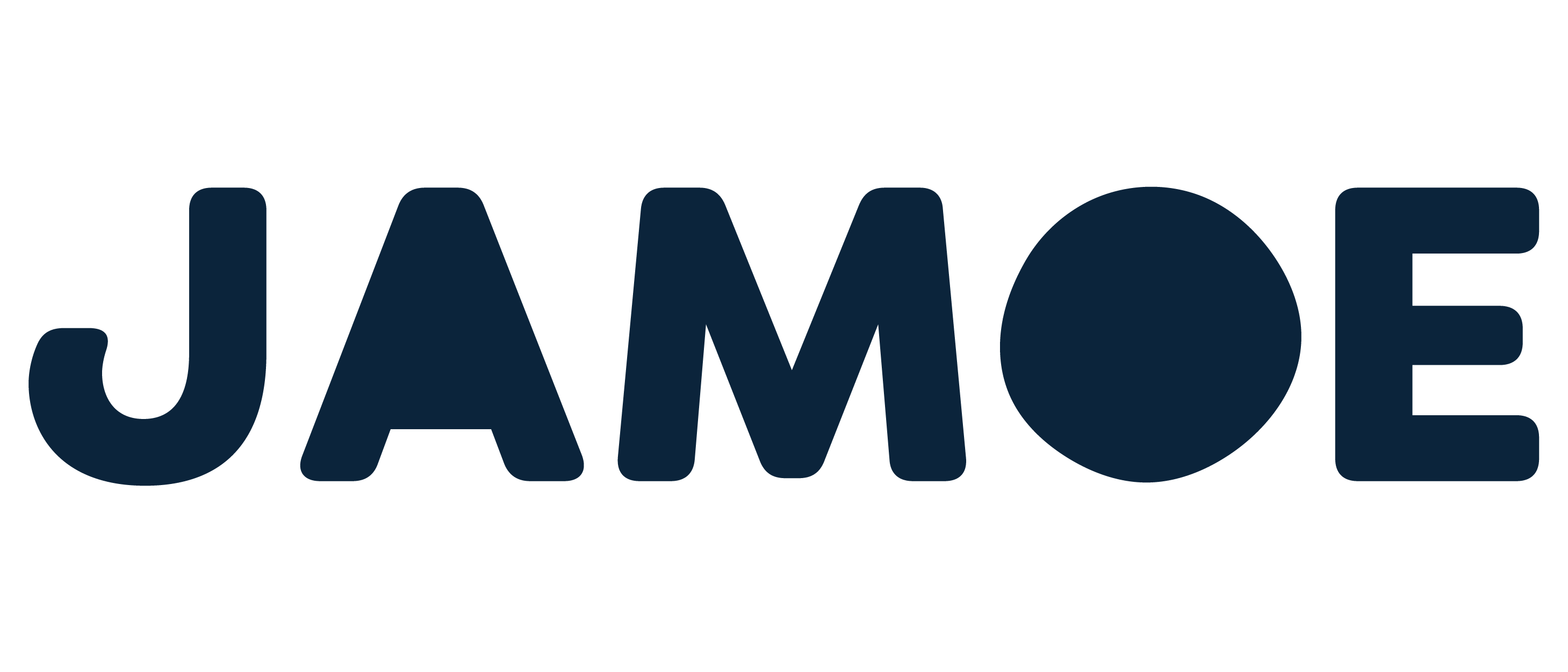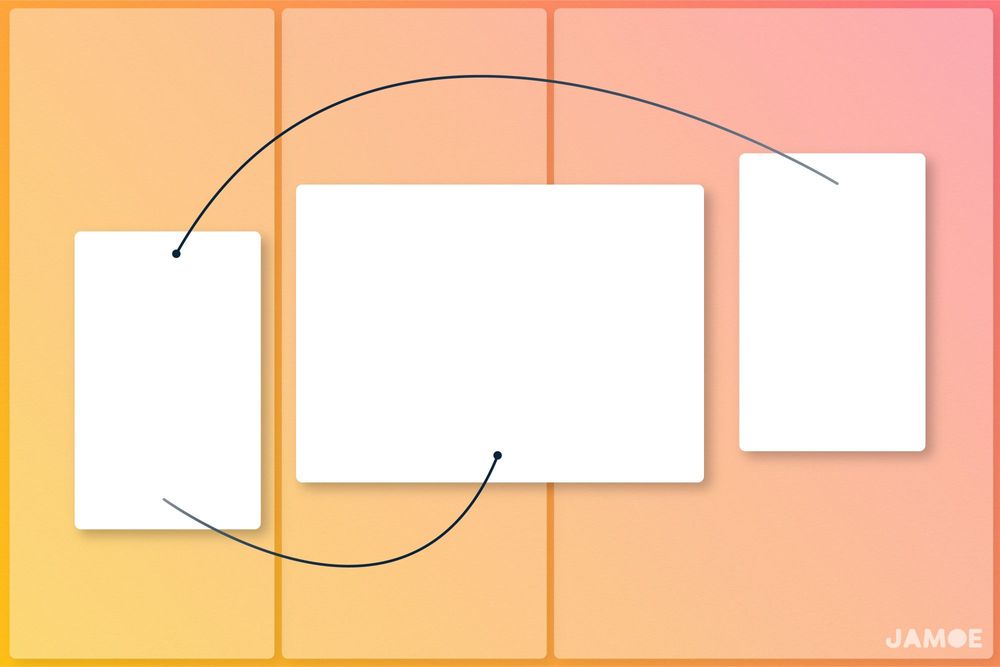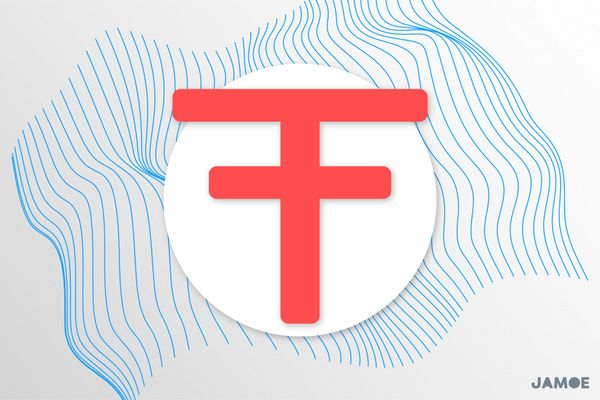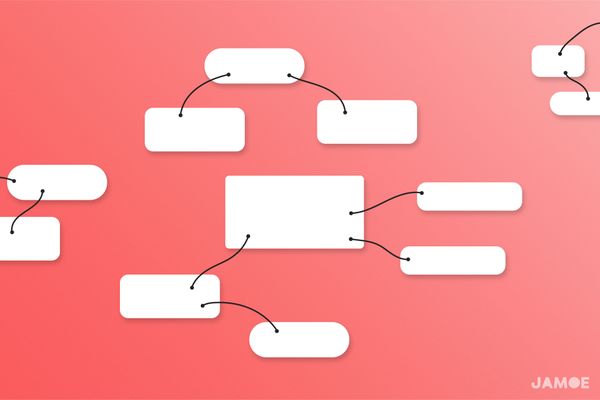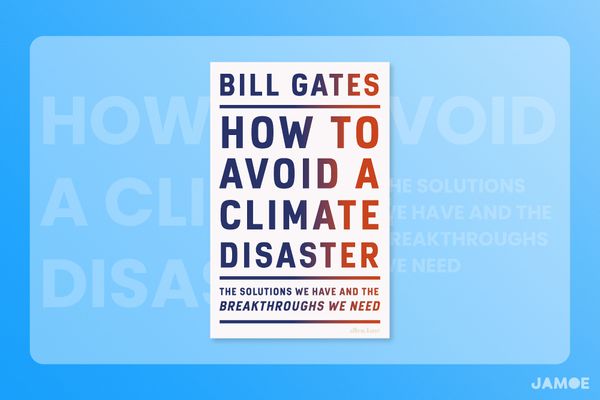Understand What You’re Reading Faster
At a glance
- Based on the reader question: When reading heavy academic texts at university, I find myself getting lost trying to follow the author's argument. Any tips on how to be found? – Alan, UK
- Read more efficiently and understand more of what you're reading by using the End–Beginning–Middle approach when tackling a piece of non-fiction.
- The approach is grounded in the breadth and depth principle for learning faster: always start by building up a general picture before worrying about the specifics.
- This technique is not spoiler friendly, so avoid using it if you're reading to be entertained.
Introduction
Stop reading non-fiction in order.
When reading to understand rather than to be entertained, using the End–Beginning–Middle approach will make absorbing new material easier. By understanding things faster, you can start applying new insights sooner to whatever it is that you need to create: notes, an essay, an email, an article or maybe even a Tweet.
We’ll start by outlining the general approach and then apply the technique to reading a book. In a future article, we'll move onto something denser: an academic article.
The approach is grounded in the breadth and depth principle we feature in our note-taking series. The principle’s key point is that we learn faster when we focus on understanding the general picture before worrying about precision.
What is the End–Beginning–Middle approach?
Unlike when we’re being entertained, we want to get to the spoilers as fast as possible when reading to understand. That means reading the ending first. Normally, this takes the form of the conclusion.
Doing this is the difference between navigating home in the dark or having a trusty spotlight shining down on your house that you can glance up at whenever the path gets hard to see.
Once you've read the ending, you can then focus on reading the beginning and the middle.
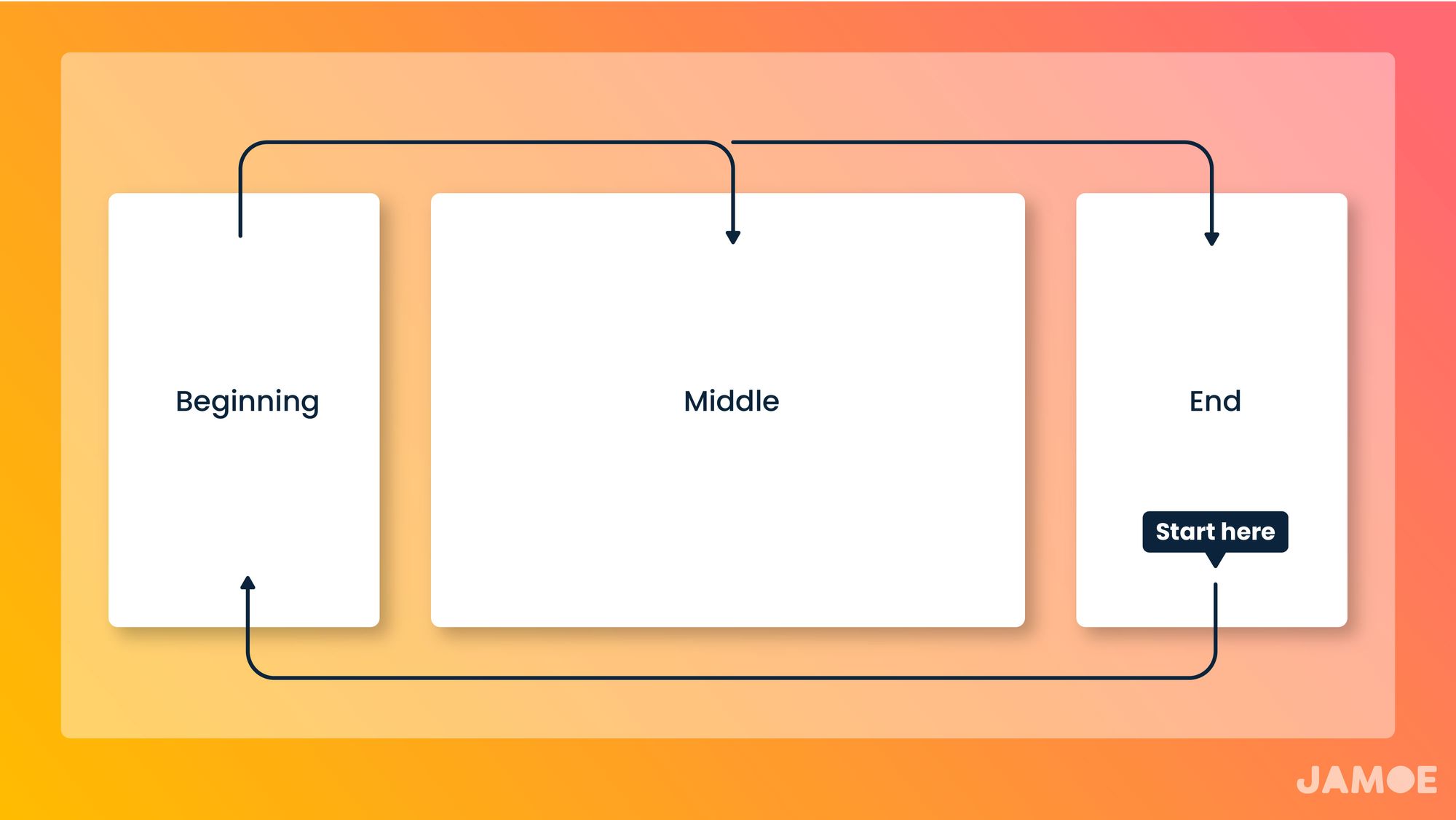
Why is reading the conclusion first better for understanding?
- It gives you a general picture of the argument the text is trying to get across
- It leaves you with questions about how the author arrived at their conclusion
A questioning mind is a curious one. Combining this with the general picture you now have of the text is an ideal recipe for better making sense of whatever you’re reading, especially when you come to tackle the beginning and middle of the text.
By reading the beginning already knowing the conclusion of the text, you’ll be able to connect the author’s opening points with their final destination. That’s how you can avoid getting lost and turn the volume down on any thoughts of confusion and doubt like, ‘Why's this relevant?’ and ‘Yes, but what are you getting at?’.
That, in a nutshell, is why you should read the ending first.
Applying the End–Beginning–Middle approach to a book
Books. Books exist on two levels: the entire book and the book's individual chapters.
Applying the End-Beginning–Middle approach is straightforward at the book level, but things quickly move outside of most people’s comfort zones when using this approach at the chapter level.
You'll feel the discomfort when we unpack it in a moment. The source of the discomfort is that it goes against how we've been conditioned to read. However, once you break the habit, you’ll never read in the same way again.
Applying the technique at the book-level
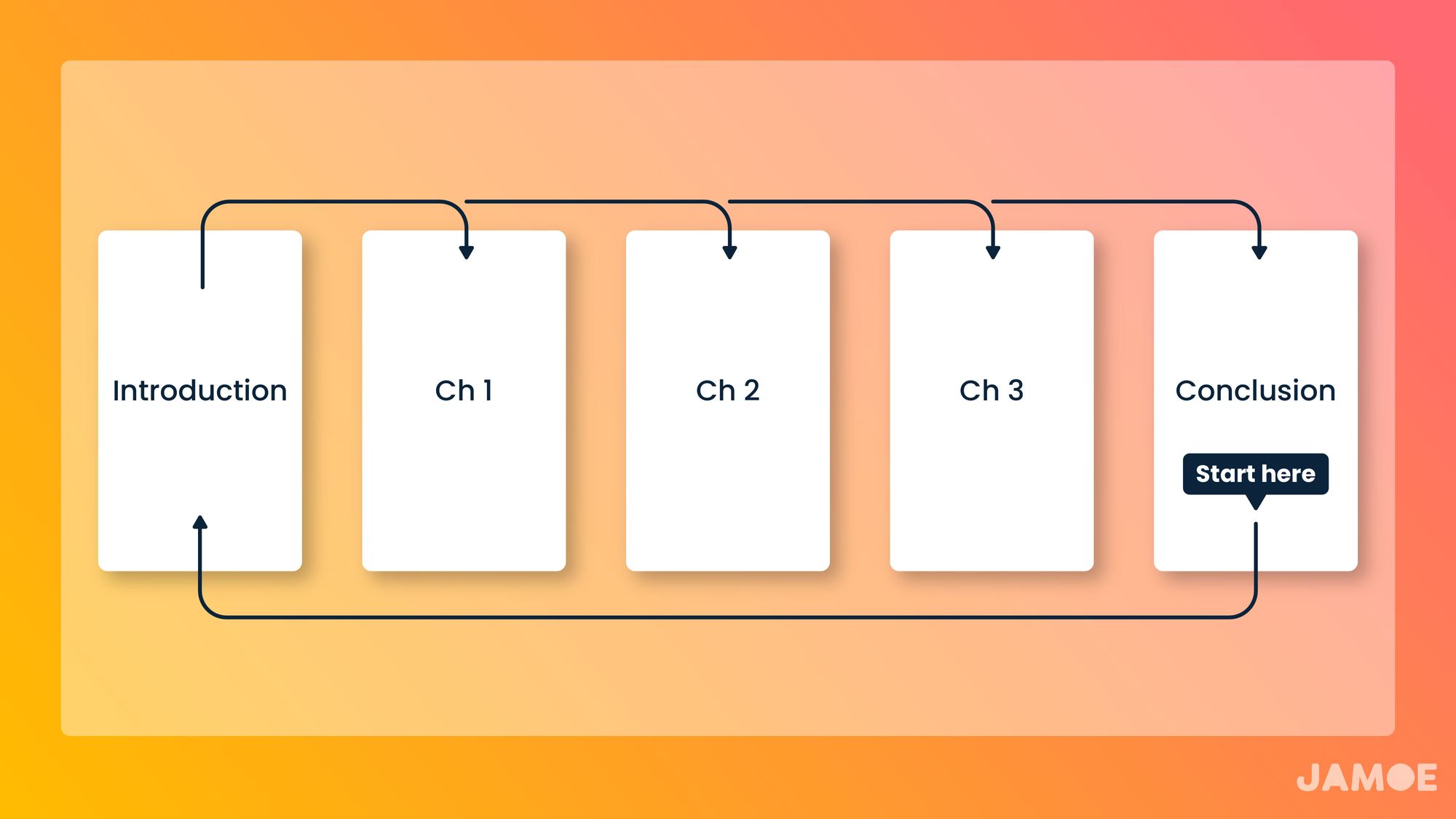
Applying the technique at the chapter-level
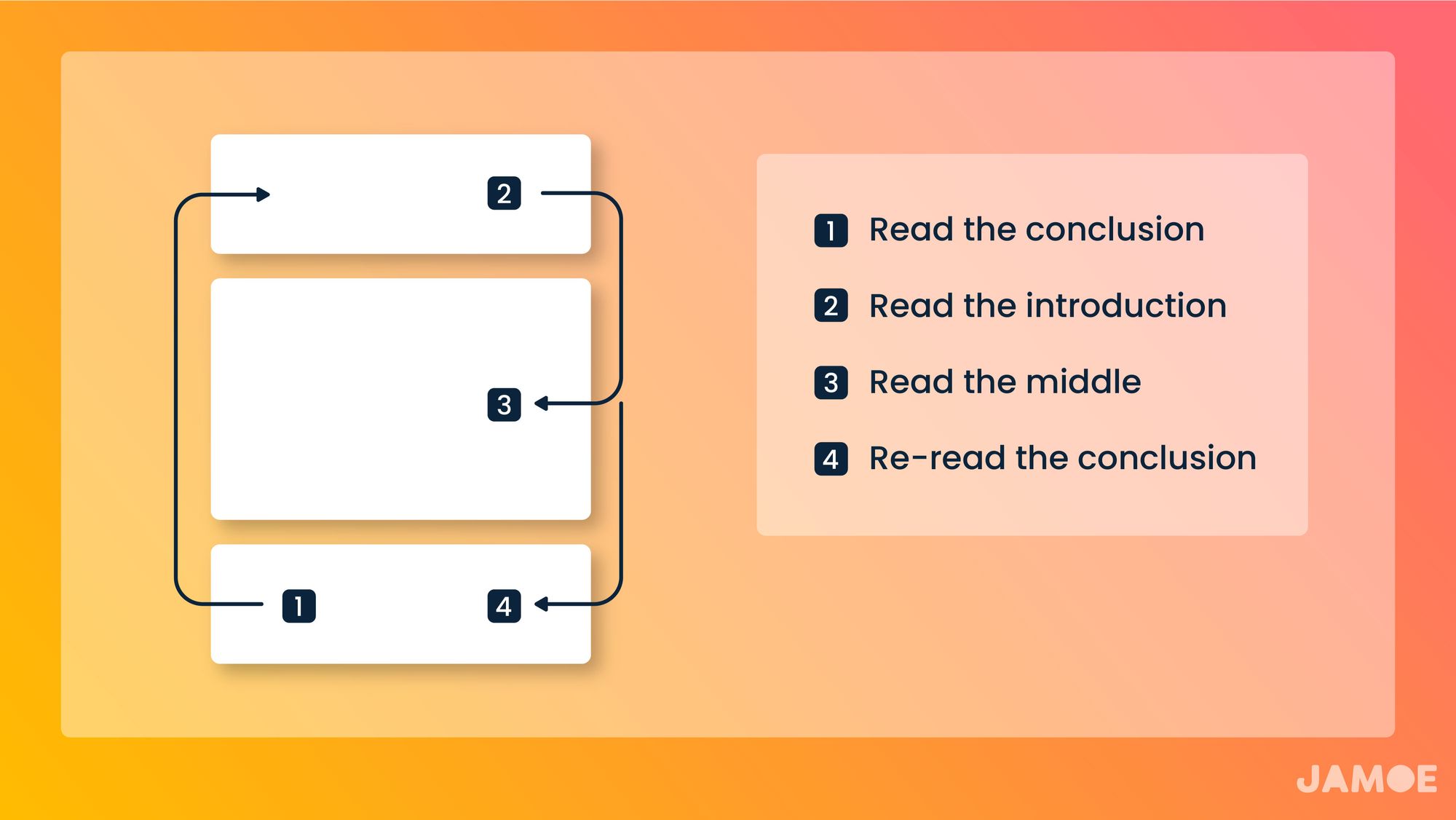
The complete end-to-end workflow
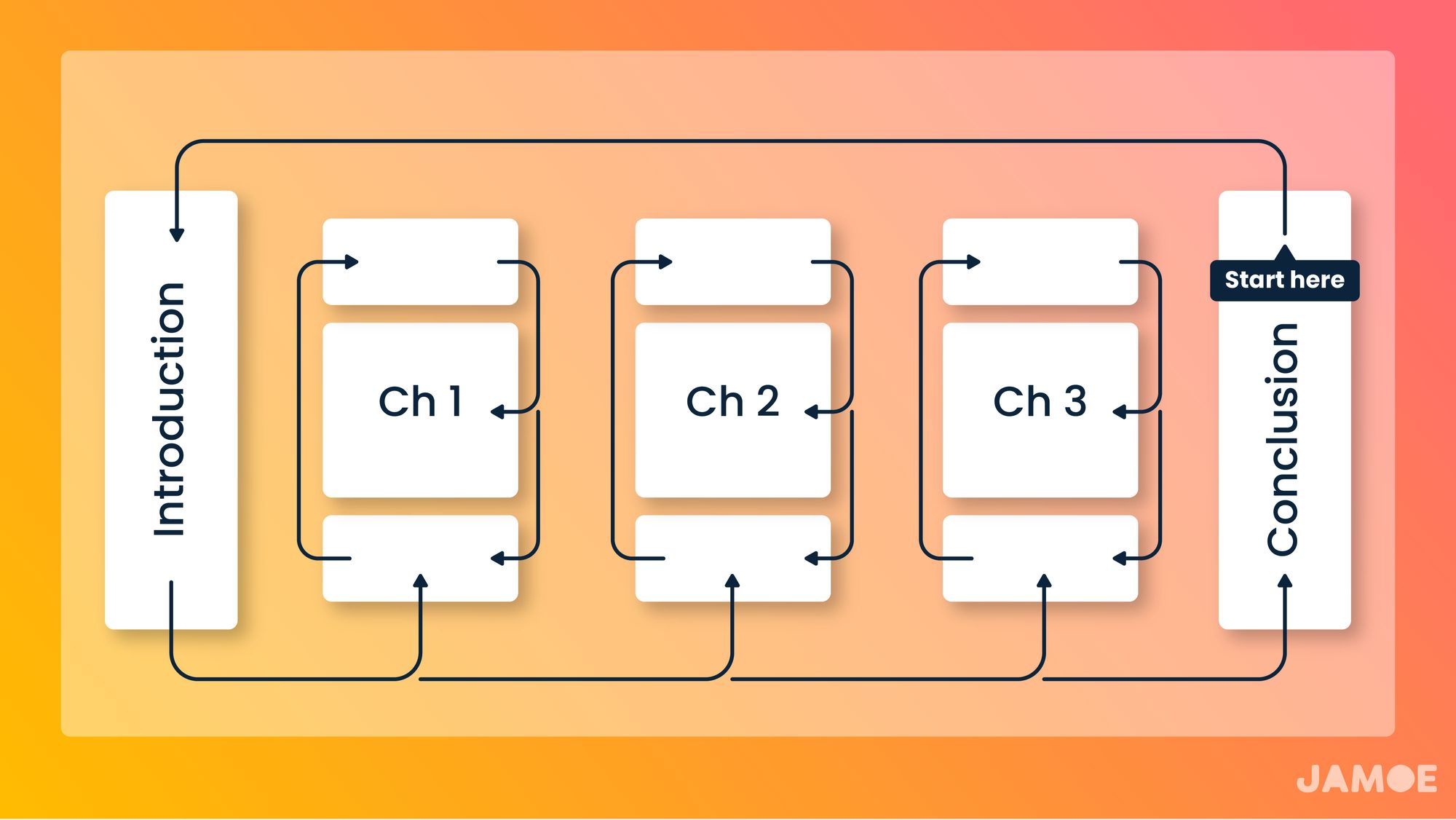
Conclusion
The End–Beginning–Middle approach is great for understanding what you're reading more efficiently. By having an anchor, making sense of a text becomes easier as you can avoid getting lost when the author starts throwing in some funky intellectual backflips.
The approach can also be used for prioritising your reading, which will be the focus of our next article. For anyone tackling a huge reading list or needing to find the signal in the noise to solve a problem or answer an essay question, be sure to join the newsletter to avoid missing out.
